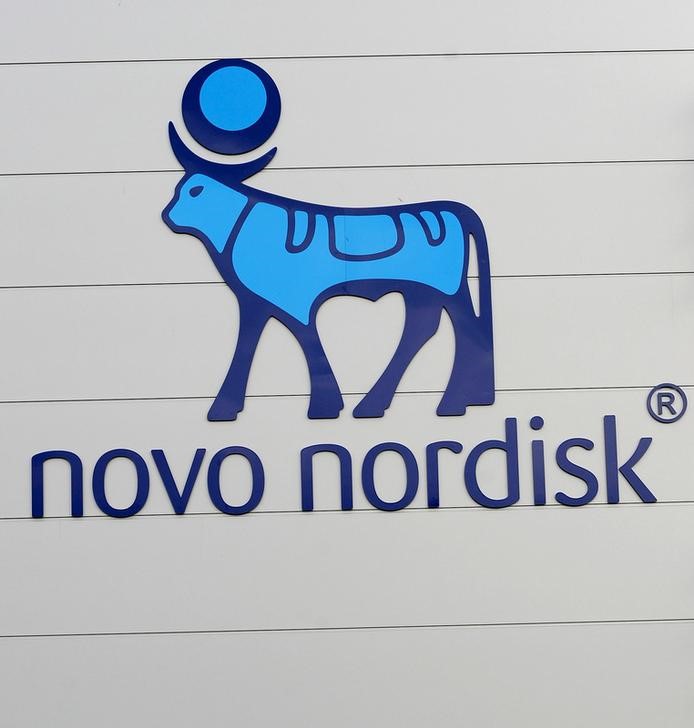Investing.com — Bernstein analysts highlighted a more attractive valuation for Novo Nordisk (NYSE:NVO) following recent industry developments and competitive insights.
The firm said in a note Wednesday that despite Novo Nordisk’s challenges with supply issues for its obesity drug Wegovy, the company anticipates an improvement in prescription levels in the coming quarters.
The analysis comes in the wake of comments from competitor Eli Lilly (NYSE:LLY), which took a more cautious stance on its 2024 revenue guidance.
Lilly noted a less dynamic U.S. obesity market in the fourth quarter. In contrast, Novo Nordisk pointed out during a post-Q3 roadshow that the U.S. market for Wegovy was relatively clean last year, with no major inventory or gross-to-net adjustments.
“Wegovy should benefit from availability in 15 countries in Q424 (vs 6 last year),” said Bernstein.
They believe this will bolster its U.S. sales, which are projected to reflect underlying performance, even if market dynamics are less robust than initially expected.
The analysts forecast Wegovy sales to reach DKK57 billion in FY24, representing an 82% year-over-year increase.
The report also highlights the strong performance of Ozempic, Novo’s diabetes treatment, which saw significant sales growth in Q4 2023 due to stocking and positive price adjustments. However, this segment is expected to face a tougher comparative base in FY24.
Looking ahead, Bernstein says Novo Nordisk’s FY25 guidance will be closely watched. Preliminary consensus suggests a 21% sales increase and a 25% rise in operating profit at constant exchange rates.
However, Bernstein forecasts a more modest 16% growth in operating profit, factoring in the impact of the Catalent (NYSE:CTLT) acquisition.
As competition in the obesity market intensifies, Novo Nordisk’s next-generation product CagriSema “still carries super blockbuster potential,” despite disappointing results that were released on 20 December, said Bernstein.
The analysts also believe there is room for multiple players in the expanding multi-billion dollar obesity market, projected to reach $15 billion in 2024.



